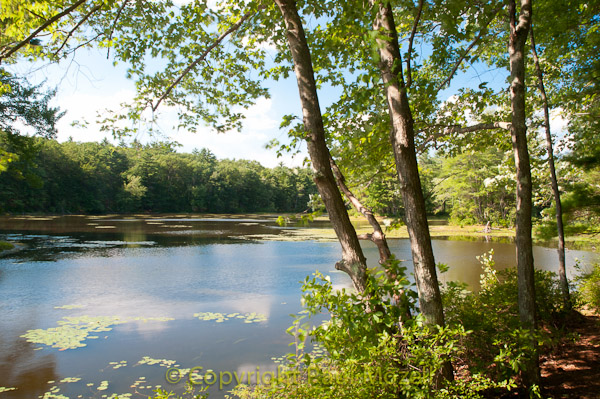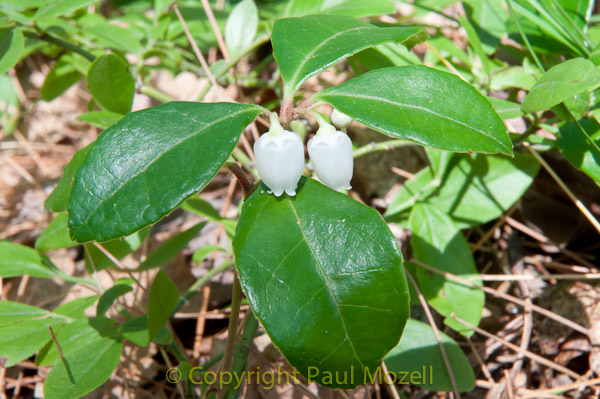© Paul Mozell
Today I’m launching a series of short tips about how to improve your nature photography. Each post will have about 5 pointers and my working list currently runs to fifty points. At some time in the near future all the points will be published as an e-book or perhaps, something more ambitious. Your comments are welcome!

A pond in Harold Parker State Forest, Andover, Massachusetts. Nikon d300, 18-70, Manfrotto tripod and ball head.
1) Landscape photography – it’s the journey that counts. In all the years I have been making landscape and outdoor photographs, my quest for beautiful and compelling images has taken me on some wonderful adventures — even if the final photographs were not rewarding. Try thinking of your camera as something that helps you to see the world, rather than just a tool for making images.
2) Shoot what you love. Don’t let anyone tell you that something is not worth photographing. Your passion for a subject, an animal, a wildflower, a park, or a local beach will drive the creation of great images. Try returning to favorite locations in different seasons and times of the day. Make a photographic journal of your favorite pond.
3) Learning from the Masters. Which photographers influenced your work? Regardless of your photographic specialty, a study of the masters in your field will inform and stimulate your own work. I love to return to favorite books by Eliot Porter, Galen Rowell, David Muench and Edward Weston to reflect on how my photographs have changed over the years; influenced by those greats.
4) There is no bad weather. You can shoot in just about anything…except maybe a driving sandstorm in the Sahara. You will may get some of your strongest images in the pouring rain, shimmering heat and white-out snow. The hardship of the weather may help you focus on small subjects that are not about the weather conditions per se. Look for shapes, shadows, and contrast of color.

Teabury. This diminutive blossom is only about 1/4 inch in height. Nikon d300, 18-70 lens with 20mm Kenko extension tube attached. f29, 1/5 sec.
5) Photograph at any time of the day. Frankly, I’ve grown tired of the books and articles that talk about shooting landscapes during the “Golden Hours”. When you have flown thousands of miles or hiked for hours through the wilderness to a remote campsite, or driven to a park during your lunch hour, the warm amber light of the Golden Hour isn’t going to be there on queue. You have to make the most of the light you have at that moment. This means that you are going to end up shooting with the sun high in the sky or hidden behind a thick layer of clouds. Look around you. What else is going on besides the light? Abstract patterns, wind-blown grasses, and dramatic shadows are beckoning you. Be creative and be in the moment, and great photographs will reveal themselves to you.
These photographs are available as licensed stock images and fine art collectors’ prints.

